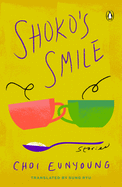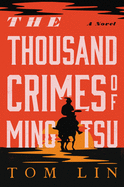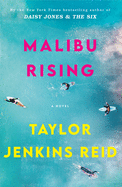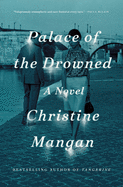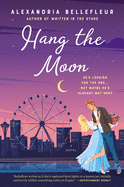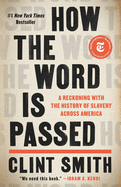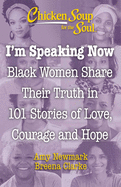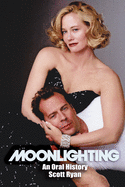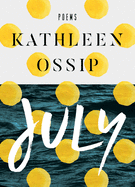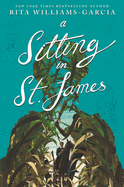 |
| (photo: Joseph Vidal) |
Ly Tran emigrated with her family from Vietnam to the United States in 1993. In House of Sticks: A Memoir (Scribner), Tran traces her coming of age at the intersection of multiple roles and identities, perpetually navigating shifting positions within her family and her broader surroundings. Tran graduated from Columbia University in 2014 with a degree in Creative Writing and Linguistics, and has received fellowships from MacDowell, Art Omi and Yaddo.
You structure House of Sticks in five sections, though at one point you had plans to structure the story through the steps of a manicure. How did you land on the final shape of the book?
When I first drafted the proposal for my memoir, I came up with the idea to conceptually link a set of chapters to a manicure step, born out of my time in the nail salon. "Remove Old Nail Polish," for instance, would be an exploration of my parents' past, all that they left behind to escape persecution and how we had to shed that past to adopt a new life here in America. "Cut, File, and Buffer" would be about our quest for assimilation into American society, changing our Vietnamese names into American ones and trying to fit in.
The structure was instrumental in helping me figure out the major themes and motifs of my memoir, but as my story eventually evolved beyond it, beyond the confines of the nail salon, I had to let it go and give equal weight to other salient parts of my life, choosing a more straightforward and chronological rendering to do so.
House of Sticks is haunting yet overflowing with empathy. Trauma looms, but so do love and your lifelong desire to understand others and their actions. As you crafted the memoir, how did you approach this balance of the dark and the light, trauma and forgiveness?
I began with the dark, because I was still, in many ways, emerging from darkness at the start of my writing journey. I knew that forgiveness and understanding were my destination, and I had to write my way towards that understanding. The very first drafts of my memoir were dark and oppressive, focusing only on the trauma, only on the sad parts. It was painful revisiting and working through those memories, but I kept thinking of where I wanted to end up. In fact, the final chapter of my memoir was one of the first chapters I wrote, knowing that that's where I wanted to end up, not just in the story but in my own life as I was living it. Once I'd gotten all the darkness out of my system and onto the page, I was finally able to infuse the narrative with light and humor, redemption and forgiveness.
You've long taken comfort in the idea of yourself as the light, first considering this expression of inner strength as a kid: "But Mom, what if I'm the light?" I was reminded of the conclusion of Amanda Gorman's poem "The Hill We Climb": "For there is always light, / if only we're brave enough to see it. / If only we're brave enough to be it." What, for you, does it mean now to be the light?
Perhaps shaped by my exposure to Mencius at a young age, I have always believed in the intrinsic goodness of humanity, and I have always believed in the power of love and compassion and forgiveness to heal even the deepest of wounds. I spent the last six years of my life working on my manuscript, and during this time, the world seemed to fall apart at the seams, culminating in an unprecedented year of pandemonium, with a deadly virus claiming countless lives, George Floyd's heart-shattering death exposing further the bigoted underbelly of our nation, and the chasm of our collective consciousness ever widening.
Your question is one that I often ask myself: What does it mean for me to be the light during these dark times? What does it mean to enter the scene as an artist, a writer? The answer I always come back to is love. To love ecstatically, to love uncompromisingly. To be compassionate towards those who are suffering. Being the light is to nurture compassion, first and foremost within myself, and then to imbue my writing with that fundamental mandate.
In a poignant section, you recall your hospitalization for hypothermia and your brother's developing Raynaud's disease from frostbite. You remember that the doctors "gently admonish my parents and advise them to bundle their child up more. As if they had the bundles to do so." What do you hope readers might learn from your sharing this part of your past?
I think it's so easy sometimes to fall into the trap of comparing our own lived experiences to that of others, applying judgment when we see others failing where we've succeeded. We say things like, "Well, if I was able to do it, why couldn't they?" This eventually becomes an attack on the other's character, accompanied with a sense of self-righteousness: "Must be something wrong with that person that they can't just pull themselves up by their bootstraps like the rest of us." I've unfortunately been guilty of it myself. But I hope that, by sharing my past, readers will be able to open their hearts and minds to realities different than their own, and to pass that torch of understanding to others so that we, as a society, can move towards balancing the playing field for the disadvantaged.
House of Sticks stands out for its exploration and interrogation of silence. In what ways does this memoir, and memoir in general, combat silence?
For a very long time, I was afraid to tell my story for fear that no one would believe me. Many times, I doubted the veracity of my memories because I had never met or heard of anyone else who had gone through what I went through. And it seemed every time I did try to speak up, every time I told the truth, some awful consequence followed. Of course, this would deter anyone who was already predisposed to silence from speaking up further, which is what I did.
But there was a thought that entered my mind one day, a small, quiet thought that grew louder and louder as time went on until I couldn't ignore it anymore. And it was: What if there's another little girl out there going through the same thing I went through? And what if she was feeling what I felt? An inability to speak up because she didn't know anyone else who did? Because she didn't believe in the truth of her experiences or was made to distrust her perception of the truth?
I write for that little girl.
Who do you most hope reads this book?
Anyone on the brink of identities, anyone who feels alone and lost, anyone who is losing hope. --Katie Weed
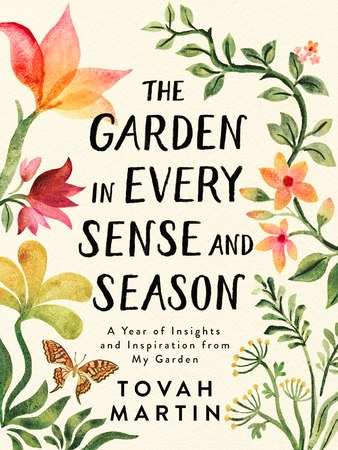 As we emerge from both winter and the pandemic, I've been delighting in blooming trees and green, growing plants--and reaching for books that inspire me to pay attention to the natural world. Tovah Martin's The Garden in Every Sense and Season (Timber Press, $16.95) is a joyful tour through a year in the garden, with brief essays highlighting particular plants. Through the lens of the five senses, Martin encourages readers to dig (literally) into the dirt and let the plant kingdom restore their souls.
As we emerge from both winter and the pandemic, I've been delighting in blooming trees and green, growing plants--and reaching for books that inspire me to pay attention to the natural world. Tovah Martin's The Garden in Every Sense and Season (Timber Press, $16.95) is a joyful tour through a year in the garden, with brief essays highlighting particular plants. Through the lens of the five senses, Martin encourages readers to dig (literally) into the dirt and let the plant kingdom restore their souls.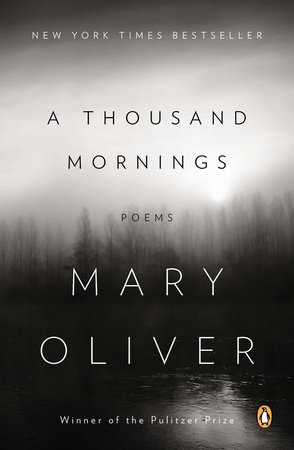 I always return to Mary Oliver in the spring. Her collections, including Thirst, Why I Wake Early (Beacon Press, $16 each), A Thousand Mornings (Penguin, $17) and others, prompt me to notice birds, trees, flowers and other wildlife in my neighborhood. Oliver's keen eye for detail and unsentimental imagery--she celebrates nature's darkness as much as its light--helps sharpen my own eyes and soul.
I always return to Mary Oliver in the spring. Her collections, including Thirst, Why I Wake Early (Beacon Press, $16 each), A Thousand Mornings (Penguin, $17) and others, prompt me to notice birds, trees, flowers and other wildlife in my neighborhood. Oliver's keen eye for detail and unsentimental imagery--she celebrates nature's darkness as much as its light--helps sharpen my own eyes and soul.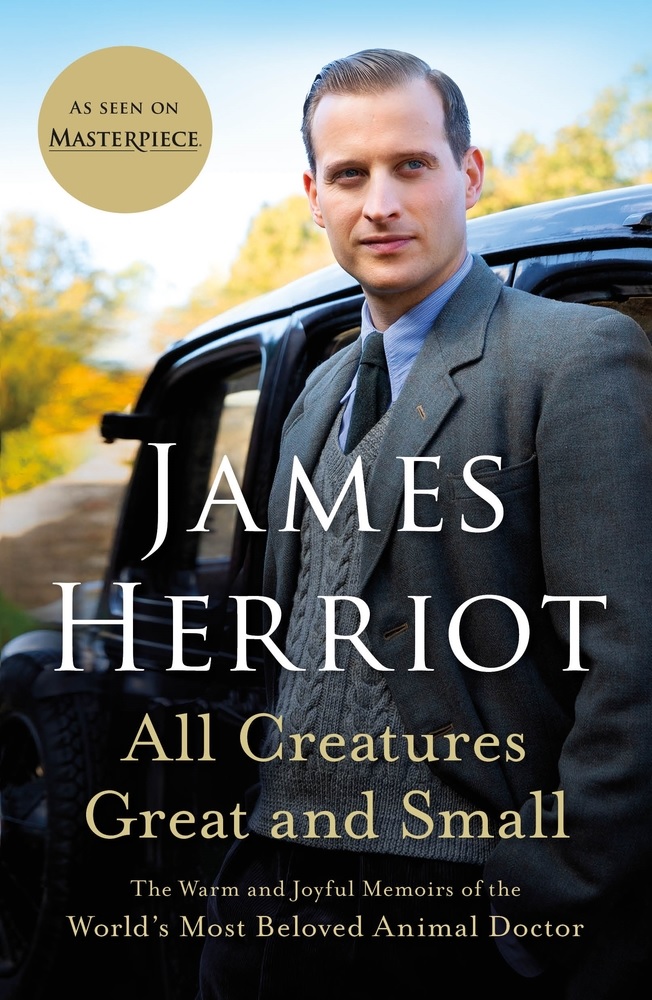 This winter's PBS series based on James Herriot's memoirs prompted me to pick them up again, starting with All Creatures Great and Small (St. Martin's, $8.99). Herriot's wry accounts of his life in rural Yorkshire, serving as a veterinarian to pets and farm animals, are full of colorful characters. His vivid writing celebrates growth and rebirth while acknowledging the necessary rhythms of the seasons: he loves the Yorkshire Dales and their residents, human and animal, as much in deep winter as he does in full green summer.
This winter's PBS series based on James Herriot's memoirs prompted me to pick them up again, starting with All Creatures Great and Small (St. Martin's, $8.99). Herriot's wry accounts of his life in rural Yorkshire, serving as a veterinarian to pets and farm animals, are full of colorful characters. His vivid writing celebrates growth and rebirth while acknowledging the necessary rhythms of the seasons: he loves the Yorkshire Dales and their residents, human and animal, as much in deep winter as he does in full green summer.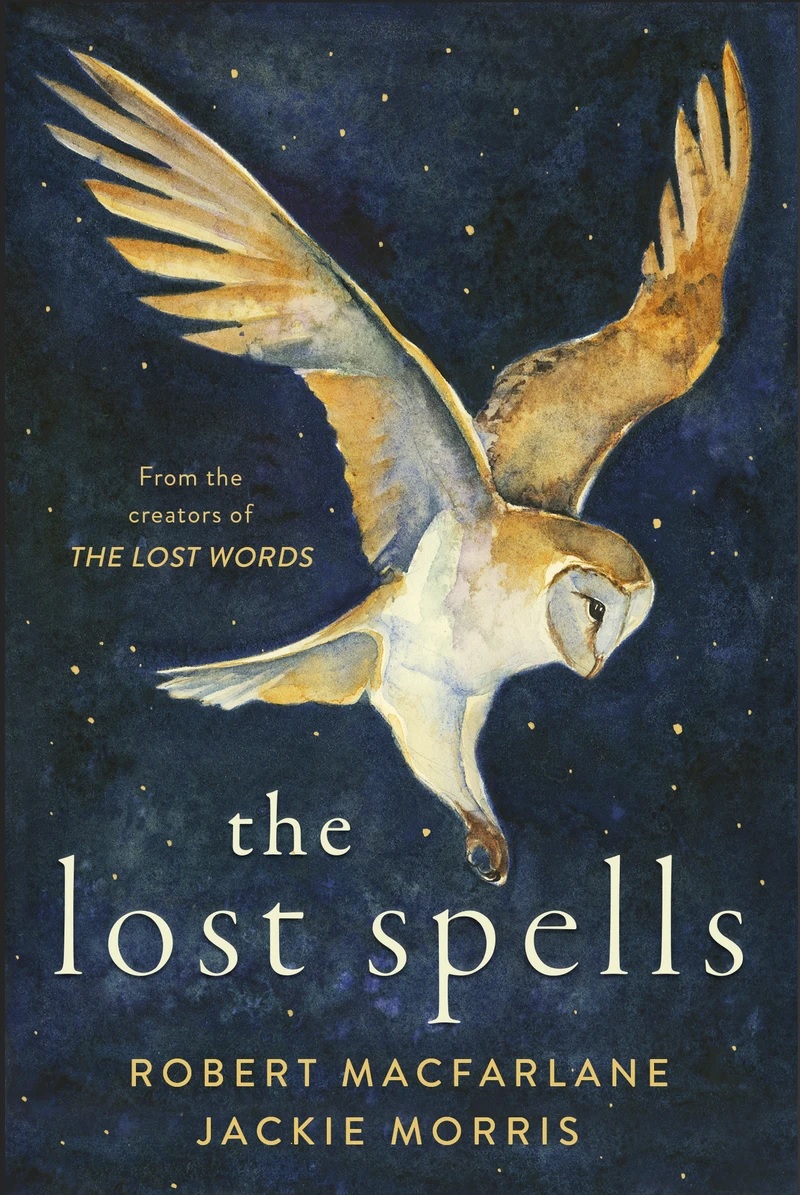 Finally, Robert Macfarlane's The Lost Spells (Anansi, $26), gorgeously illustrated by Jackie Morris, is a celebration of creatures with whom we humans share our world. Moths, owls, curlews, foxes and others flit in and out of the pages, their elusive magic captured by Macfarlane's pen and Morris's brush. Each of these books brings home the truth of Oliver's famous line: "Attention is the beginning of devotion." --Katie Noah Gibson, blogger at Cakes, Tea and Dreams
Finally, Robert Macfarlane's The Lost Spells (Anansi, $26), gorgeously illustrated by Jackie Morris, is a celebration of creatures with whom we humans share our world. Moths, owls, curlews, foxes and others flit in and out of the pages, their elusive magic captured by Macfarlane's pen and Morris's brush. Each of these books brings home the truth of Oliver's famous line: "Attention is the beginning of devotion." --Katie Noah Gibson, blogger at Cakes, Tea and Dreams





 Lois Ehlert, the author and illustrator "whose cut-and-paste shapes and vibrant hues in books including Chicka Chicka Boom Boom put her among the most popular illustrators of books for preschoolers of the late 20th century," died May 25 at age 86, the
Lois Ehlert, the author and illustrator "whose cut-and-paste shapes and vibrant hues in books including Chicka Chicka Boom Boom put her among the most popular illustrators of books for preschoolers of the late 20th century," died May 25 at age 86, the 